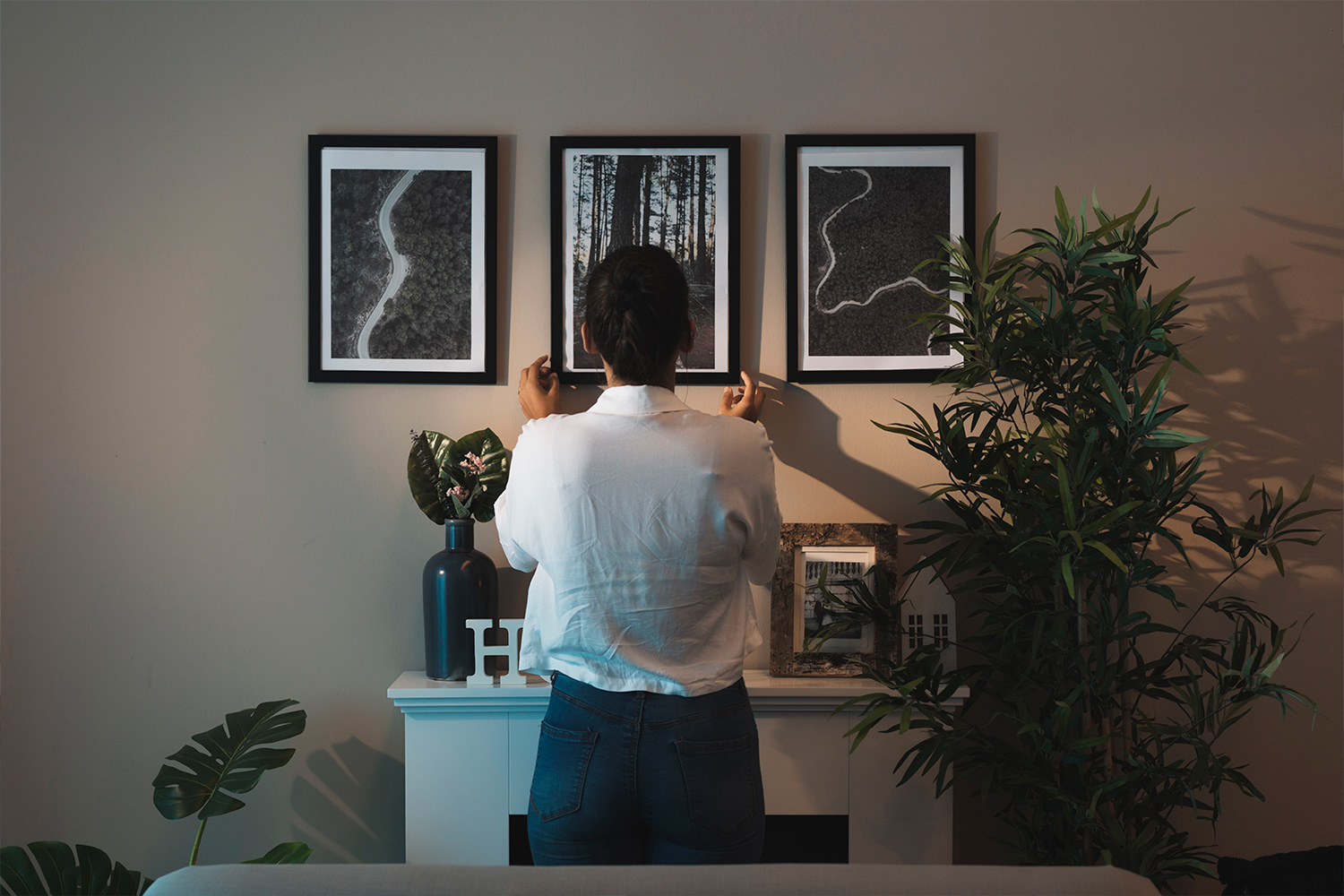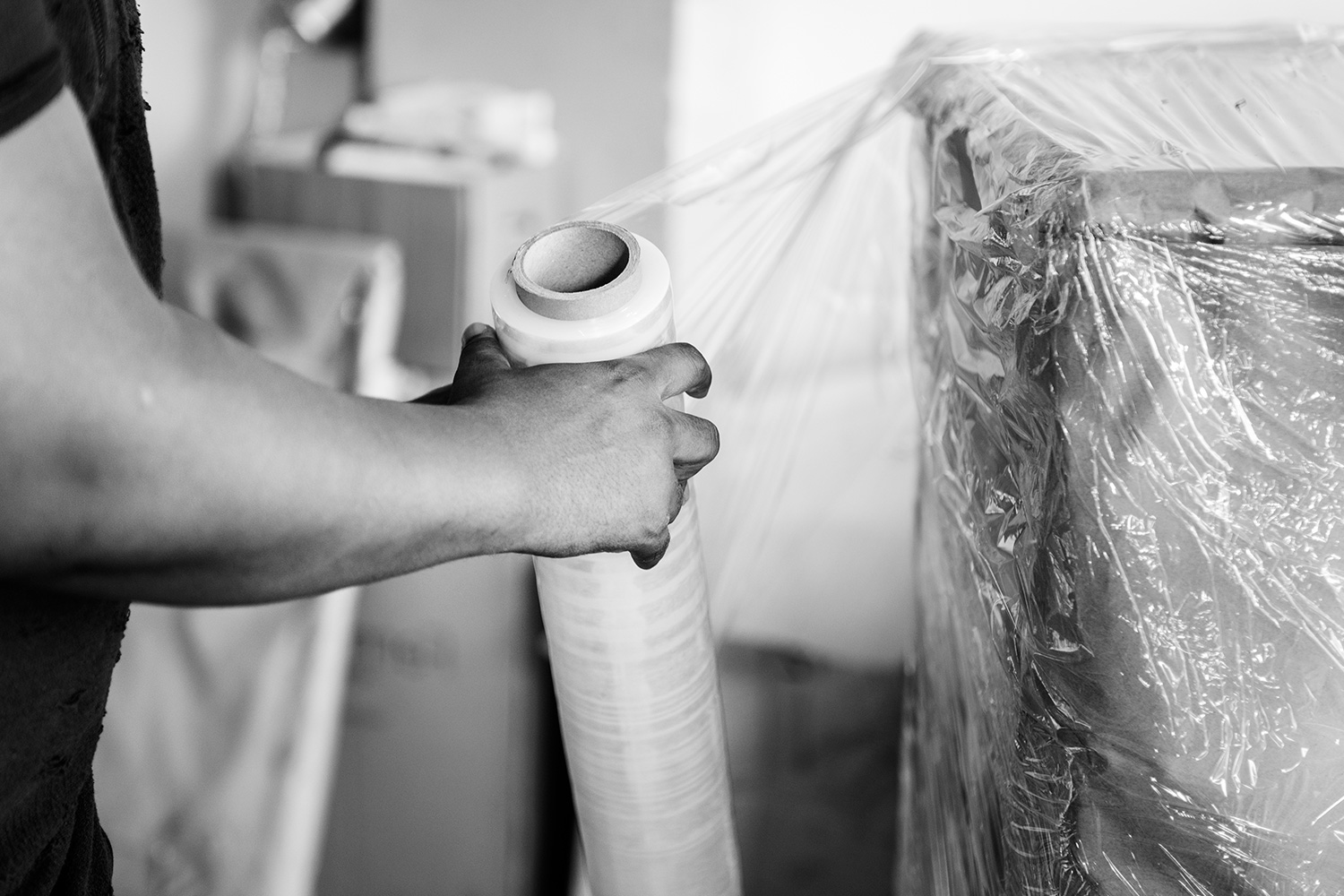
How to Prepare Your Artwork for Shipping: A Step-by-Step Guide
Shipping artwork requires careful preparation to ensure its safe arrival at its destination. Whether you’re an artist, collector, or gallery owner, understanding the proper steps to prepare your artwork for shipping is essential. It is quite a complex process that requires careful planning and preparation to ensure the safe arrival of the artwork at its intended destination. Artworks can be vulnerable to damage during shipping due to factors such as fluctuations in temperature, pressure changes, and mishandling during transportation. This step-by-step guide will provide you with valuable insights and tips on how to prepare your art for shipping, with a focus on utilising art and antique shipping services.Evaluate Your Artwork
Before initiating the shipping process, evaluate your artwork to determine its fragility and specific requirements. Consider the medium, dimensions, weight, and any delicate elements that may require special handling. This evaluation will help you choose the appropriate packaging materials and shipping methods. Also, it is crucial to assess any potential environmental factors that may affect your artwork during transit. Consider factors such as temperature, humidity, and light sensitivity. Some artworks, particularly those made with delicate materials like paper or photographs, may require specialised climate-controlled packaging or handling to safeguard them from potential damage.Select a Reputable Art and Antiques Shipping Service
When selecting a reputable art and antiques shipping service, it is essential to consider additional factors beyond experience and reputation. Look for companies that offer specialised services tailored to the specific needs of art transportation, such as climate-controlled vehicles or custom crating. Verify that the shipping service has comprehensive insurance coverage that specifically protects valuable artworks against loss or damage. Additionally, read customer reviews and seek recommendations from fellow artists, collectors, or galleries to gain insights into the company’s reliability, communication, and handling practices. By partnering with a trusted art and antiques shipping service like ProMove Transport, you can have confidence in the safe handling and transportation of your precious artwork.Take Detailed Documentation
Before packing your artwork, document its condition thoroughly. Take high-quality photographs from different angles and note any existing flaws, scratches, or damages. This documentation serves as evidence in case of any mishaps during shipping. In addition to taking detailed photographs, it is also advisable to create a written inventory of your artwork. Record specific details such as dimensions, materials used, artist signatures, and any other relevant information. This inventory will not only serve as a reference for your own records but also prove invaluable in case of insurance claims or disputes regarding the artwork’s condition.
In addition to taking detailed photographs, it is also advisable to create a written inventory of your artwork. Record specific details such as dimensions, materials used, artist signatures, and any other relevant information. This inventory will not only serve as a reference for your own records but also prove invaluable in case of insurance claims or disputes regarding the artwork’s condition.
Gather the Necessary Supplies
When gathering the necessary supplies, it’s essential to prioritise the quality and suitability of each item for your artwork. Opt for acid-free tissue paper to prevent chemical reactions or discoloration on delicate surfaces. Bubble wrap provides excellent cushioning, while foam corner protectors add an extra layer of protection for fragile frames or protruding elements. Choose sturdy and appropriately sized cardboard boxes that allow enough space for proper cushioning without excessive movement. Use high-quality packing tape that securely seals the packaging. By using high-quality materials specifically designed for artwork shipping, you can minimise the risk of damage and ensure your artwork remains well-protected throughout the journey.Wrap the Artwork
Begin by covering your artwork with acid-free tissue paper to protect its surface. If your artwork has delicate or protruding elements, consider using foam corner protectors to prevent damage. Wrap the artwork snugly with several layers of bubble wrap, securing it in place with tape. After wrapping your artwork with acid-free tissue paper, carefully place foam corner protectors on any vulnerable areas to provide additional cushioning and stability. Next, wrap the entire artwork snugly with multiple layers of bubble wrap, ensuring that all corners and edges are well-protected. Use packing tape to secure the bubble wrap in place, paying attention to any loose ends or seams. Avoid excessive taping that could damage the artwork’s surface.
After wrapping your artwork with acid-free tissue paper, carefully place foam corner protectors on any vulnerable areas to provide additional cushioning and stability. Next, wrap the entire artwork snugly with multiple layers of bubble wrap, ensuring that all corners and edges are well-protected. Use packing tape to secure the bubble wrap in place, paying attention to any loose ends or seams. Avoid excessive taping that could damage the artwork’s surface.
Build a Custom Crate or Use Appropriate Boxes
Building a custom crate is highly recommended for larger or particularly delicate artworks, as it offers optimal protection during transportation. Consult with art and antiques shipping services or professional carpenters who specialize in crate construction to ensure the crate is designed to meet the specific requirements of your artwork. Custom crates are typically made from sturdy materials such as plywood and are built to withstand handling, stacking, and potential impacts. On the other hand, for smaller artworks, selecting appropriately sized and sturdy cardboard boxes is a suitable option. Ensure that the boxes provide a snug fit to minimise movement during transit, but also leave enough space for proper cushioning.Secure the Artwork
Once the wrapped artwork is placed inside the crate or box, it is crucial to secure it properly to prevent any shifting or damage during transit. Ensure that the artwork remains centred within the packaging, using additional foam corner protectors or cushioning as needed. Fill any remaining gaps or empty spaces with appropriate packing materials such as foam peanuts, bubble wrap, or air-filled packaging. These materials will provide an extra layer of protection and help immobilise the artwork, minimising the risk of impact or jostling. Finally, close and seal the crate or box securely using high-quality packing tape, reinforcing the edges and seams to prevent accidental openings.Label and Mark Fragile
Clearly label your package as “Fragile” using labels or markers. Include your contact information, the artwork’s destination address, and any specific handling instructions. This will help the shipping company and handlers identify and handle your package with care.Insure Your Artwork
Consider purchasing appropriate insurance coverage for your artwork during shipping. Consult with the art and antiques shipping service to understand their insurance options and coverage limits. Insuring your artwork provides peace of mind in case of unforeseen incidents.Choose a Reliable Shipping Method
When it comes to choosing a reliable shipping method for your artwork, collaboration with your selected art and antiques shipping service is vital. Discuss your specific requirements and concerns with them to identify the most suitable shipping option. Consider factors such as transit time to ensure timely delivery, as well as the handling procedures employed by the shipping service to guarantee careful and secure transportation. Tracking capabilities are essential to keep you informed about the progress of your shipment, providing peace of mind throughout the journey.Art & Antiques Shipping Services in Melbourne
Preparing your artwork for shipping involves careful consideration and attention to detail. By following this step-by-step guide and utilising art and antique shipping services, you can ensure that your precious artwork arrives safely and in pristine condition at its destination. Remember to document your artwork, select suitable packaging materials, and partner with a reputable shipping service and experts from ProMove Transport to protect your valuable investment throughout the shipping process. Suggested Read: Packing Artwork: Tackle it Yourself or Leave it for the ProfessionalFAQs
How do art and antiques shipping services protect my artwork? They employ various measures to safeguard your artwork, including using appropriate packaging materials, such as acid-free tissue paper, bubble wrap, and foam corner protectors. They also offer custom crating for larger or fragile artworks, ensuring optimal protection. Climate-controlled vehicles may be used to maintain suitable environmental conditions during transportation. How do I choose the right art and antiques shipping service? When selecting an art and antiques shipping service, consider factors such as their experience in handling delicate and valuable items, their reputation in the industry, insurance coverage, specialised services, and customer reviews. It’s important to find a service provider that aligns with your specific needs and requirements. How can I track the progress of my shipment? Art and antiques shipping services often provide tracking capabilities, allowing you to monitor the progress of your shipment. This enables you to stay informed about the whereabouts of your artwork and its estimated arrival time. Inquire about the tracking options available and how you can access this information. How should I handle customs and international shipments? When shipping artworks internationally, art and antiques shipping services providers can assist with customs documentation and requirements. They have experience in navigating customs regulations and can guide you through the necessary procedures to ensure a smooth international shipment. What should I do if my artwork gets damaged during shipping? In the unfortunate event that your artwork gets damaged during shipping, promptly contact the art and antiques shipping service provider and notify them of the situation. Provide them with documentation, including photographs and a detailed description of the damage. They will guide you through the process of filing an insurance claim and working towards a resolution.Trackback from your site.
